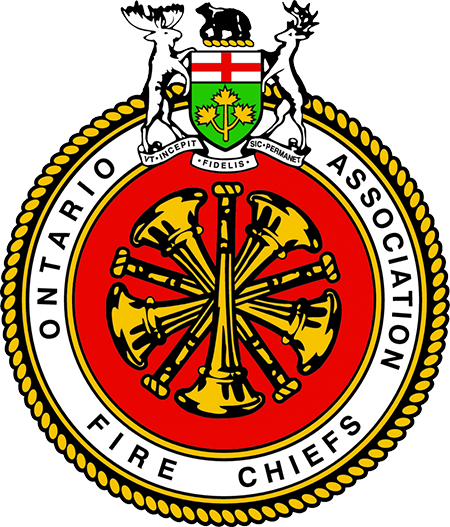A public meeting in Brant County raised concerns on tens-of-thousands of abandoned oil and gas wells across Ontario Wednesday.
The province and Brant County confirmed there are around 27,000 wells left behind, with a potential for more being undocumented. A majority of these wells are on private land and in homeowners backyards.
These wells were abandoned without following modern safety protocols. Rebecca Comley, the acting medical officer of health for Grand Erie Public Health told CTV News this can cause concern for health and safety.
“Legacy wells can be a source of potentially dangerous gases such as hydrogen sulfide,” said Comley. “Leaking hydrogen sulfide into the atmosphere, into the air, especially in contained spaces can cause a very dangerous health risk.”
Comley said these gases can smell like rotten eggs.
“Our noses can detect it at a very low level; less than one part per million,” said Comley. “It’s important to remember though the smell doesn’t correlate with the concentration in the air… we can often lose the sense of smell at higher concentrations.”
The wells also pose a threat to contaminating groundwater, possibly affecting the health of plants, animals and people.
The province said it’s spending nearly $20 million to tackle challenges related to these wells. They said so far they have spent around $33 million to plug 440 wells across Ontario.
What should landowners look out for?
Brant County officials have asked residents to take a deeper look at their properties.
“Ignoring [oil and gas wells] and having something tragic happen is not the way to go. It’s putting themselves, their neighbours or their families at risk,” said Kent Pottruff, the community of emergency management coordinator for Brant County. “So, the [Ministry of Natural Resources] stated they want to work with [landowners], there’s resources available to assist them.”
At Wednesday’s meeting, the ministry said oil and gas wells on private property that meet criteria may be eligible to be partially or fully covered financially.
Deputy Chief Brant Cain with the Brant County Fire Department said identifying an oil and gas well is simple.
“If it smells funny, it probably is funny. If it looks funny, it probably is funny,” said Cain. “If you’re seeing liquids or funny smells coming from something you’ve struck while excavating on your property, that’s a good sign to call 911.”
Officials said the best way for a landowner to see if their property is impacted by a documented legacy oil and gas well is to use a well map.
